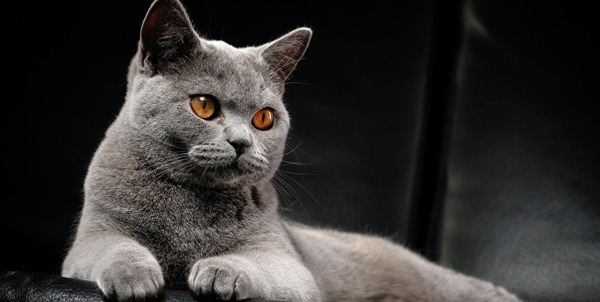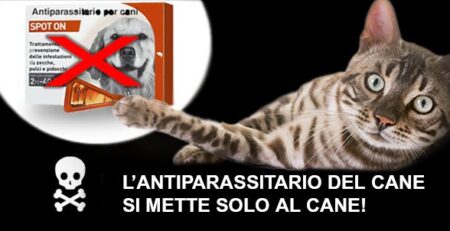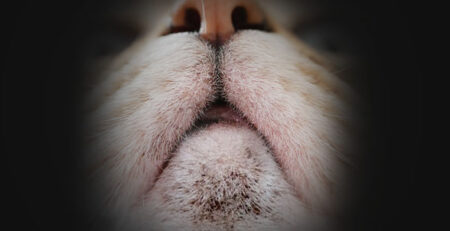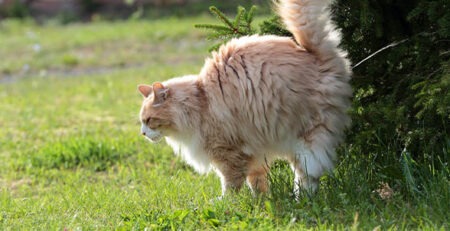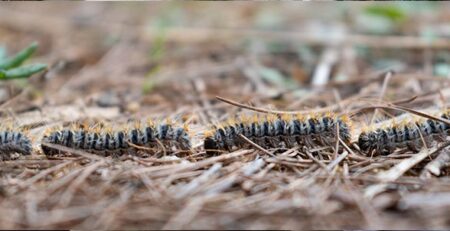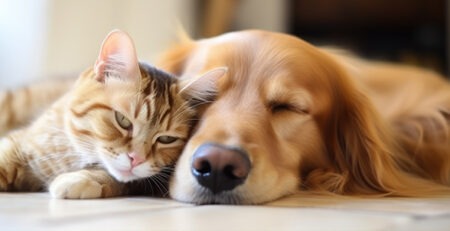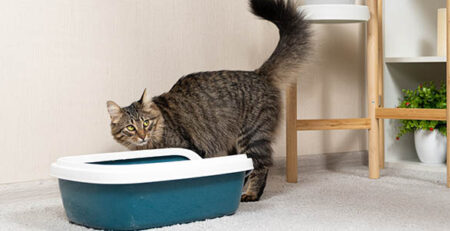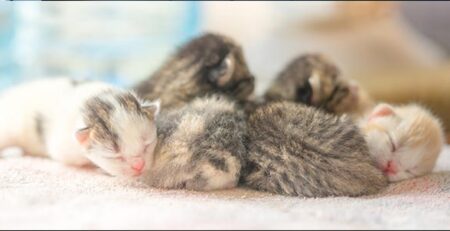Table of Contents
The Carthusian cat: discreet, mysterious and beautiful
It is said that the name of the breed of the Carthusian cat comes from the Carthusian order, a monastic group that had a predilection for these cats in their monasteries.
Apparently, the monks welcomed Carthusians to keep rodents away, thus helping to preserve the food and grains in the storerooms but also the precious books they kept in their libraries.
They are even thought to have inspired a type of wine,“Carthusian wine,” that monks produced in their monasteries.
There is another hypothesis that traces the origin of the gray-haired cat breed name to the resemblance to the color of a type of fine Spanish wool from the 1700s known as “Pile de Chartreux” (Carthusian wool).
The origins of the Carthusian cat breed
It is Mr. Simonnet, president of the French Carthusian Cat Club, a profound connoisseur and scholar of the breed, who provides the historical information.
Carthusian cats are felines of French origin, specifically from Belle-Île-en-Mer, an island south of Brittany.
In the 1930s, two French ladies, the Leger sisters, breeders of Persians, residing for a short time in Belle-Ille sur Mer, were both struck by the beauty of some blue cats that were being fed and cared for by the monks of a local hospice.
Returning to France, the sisters brought several subjects with them and began a breeding program.
A few years later, their cat Mignonne was declared at the Paris exposition “the most beautiful Carthusian cat in the world.”
At the same time, a breeding of blue cats developed in the area of the central French Massif: cats that were significantly more robust than those of Atlantic origin.
In 1939, the first breed standard of the Carthusian cat was made official.
After World War II, the race was at risk.
In fact, lacking the individuals to continue breeding, breeders crossed available specimens with other breeds (blue Persians, Russian blue, gray Europeans, blue British).
The tendency to cross the Carthusian breed with blue British shorthairs resulted in the unification of the two breeds in the year 1970.
It was through Mr. Simmonet’s efforts that the two races were again distinguished and each was given specific characteristics.
In 1977 the FiFe recognized its diversity and a standard was established for the Carthusian cat.
Today, the Carthusian cat is valued worldwide, thanks to its blue-gray fur and magnificent golden eyes.
The Carthusian’s irresistible blue-gray coat and magnetic golden eyes.
Carthusian cats are easily recognized by their thick, dense coat.
The coat, strictly single-color, ranges from light blue-gray to a deeper shade blue-gray.
They have a strong, muscular body with a round head and slightly pointed ears.
Their eyes, a charming amber or gold color, give them a very expressive look.
One of the most beloved aspects of the Carthusian cat is its temperament
The Carthusian cat, male or female indifferently, is known to be affectionate and sociable.
It tends to socialize well with both humans and other animals.
These felines are known for their liveliness and curiosity; they love to play and involve themselves in stimulating activities, such as intelligence games and interaction with their humans.
Compared to other breeds, Carthusians tend to be quieter: they meow very little and communicate their presence discreetly.
They are able to adapt to domestic life without too many problems, as long as they have sufficient stimulation and attention.
Like all animals, Carthusian cats can be prone to certain diseases
It is important to be aware of the health conditions common to this breed to best care for it.
Although they are generally robust, Carthusians may be predisposed to some genetic diseases, including hypertrophic cardiomyopathy, a condition that affects the heart.
They can develop dental problems if they do not receive proper care, so it is essential to check the mouth and teeth regularly.
They are very greedy cats and can easily gain weight if their diet is not balanced or they do not get enough exercise.
Be sure to take your Carthusian cat to the veterinarian for regular checkups-vaccinations, parasite treatments and health checks are essential to ensure their long-term health.
To have your Carthusian cat checked, for vaccine prophylaxis and periodic check-ups, contact the veterinary doctors on our staff who are always available to you.
We would also like to remind you that Clinica La Veterinaria is always open h24 every day including holidays and with First Aid service from 8 pm to 8 am.

